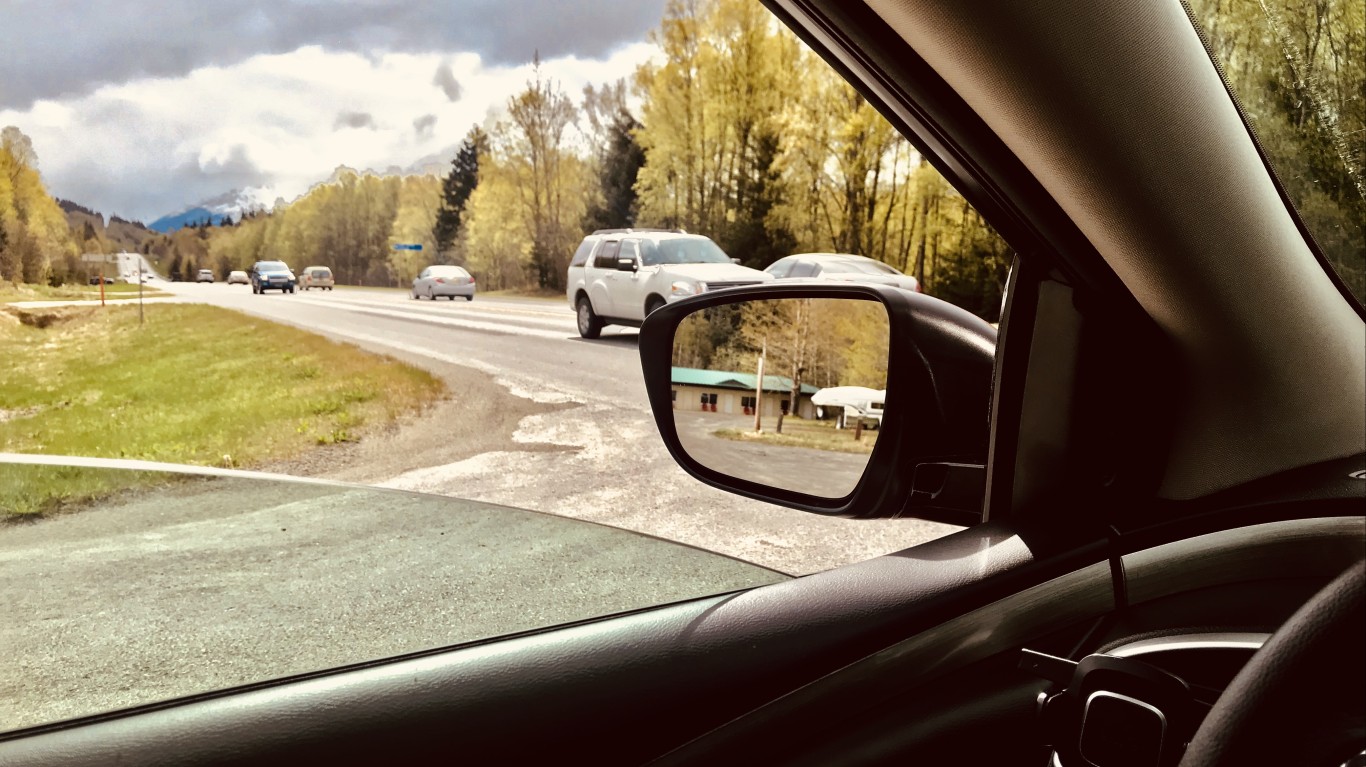
Inflation was a little “hot” based on the consumer price index (CPI) for February. It rose 3.2% year over year, which was higher than expected. One component surged much more than any other. Motor vehicle insurance was up 20.6% for the period.
When the CPI was increasing at an 8% plus pace two years ago, among the triggers were supply chain issues. The COVID-19 pandemic had slowed the delivery of some items, from food products to car parts. Demand was great enough that items such as some foods rose by double digits. Many of those are under control. For example, the CPI for February showed that the prices of meat and dairy products fell. In the case of meat, poultry, fish, and eggs dropped 0.5%. The cost of dairy products fell 1.8%. (This state has the lowest cost of living.)
Why would car insurance jump so much? One cause is that, for some reason, driving was more risky during the pandemic, which increased car insurance prices, and poor driving habits apparently have not changed much.
While supply chain paces have improved for most items in the CPI, car parts are not among them in many cases. This slow delivery of parts has not kept pace with some demand. Among the reasons may be that the average age of a car on the American road has hit 12 years. Older cars are more likely to need repairs.
Natural disasters are another reason car prices have risen, according to NPR. Weather across the country has been unusually destructive, based to a large extent on flooding that has hit areas as far apart as Florida, California, and Vermont.
Finally, insurance regulators have allowed prices to rise. Grace Arnold, who oversees Minnesota’s Commissioner of Commerce, told NPR, “We in general have found that the rate increases are justified.”
Several of these factors, like the effects of climate change on weather, will not change. Car insurance rates could stay high for the foreseeable future.
Are You Ahead, or Behind on Retirement? (sponsor)
If you’re one of the over 4 Million Americans set to retire this year, you may want to pay attention.
Finding a financial advisor who puts your interest first can be the difference between a rich retirement and barely getting by, and today it’s easier than ever. SmartAsset’s free tool matches you with up to three fiduciary financial advisors that serve your area in minutes. Each advisor has been carefully vetted, and must act in your best interests. Start your search now.
Don’t waste another minute; get started right here and help your retirement dreams become a retirement reality.
Thank you for reading! Have some feedback for us?
Contact the 24/7 Wall St. editorial team.


